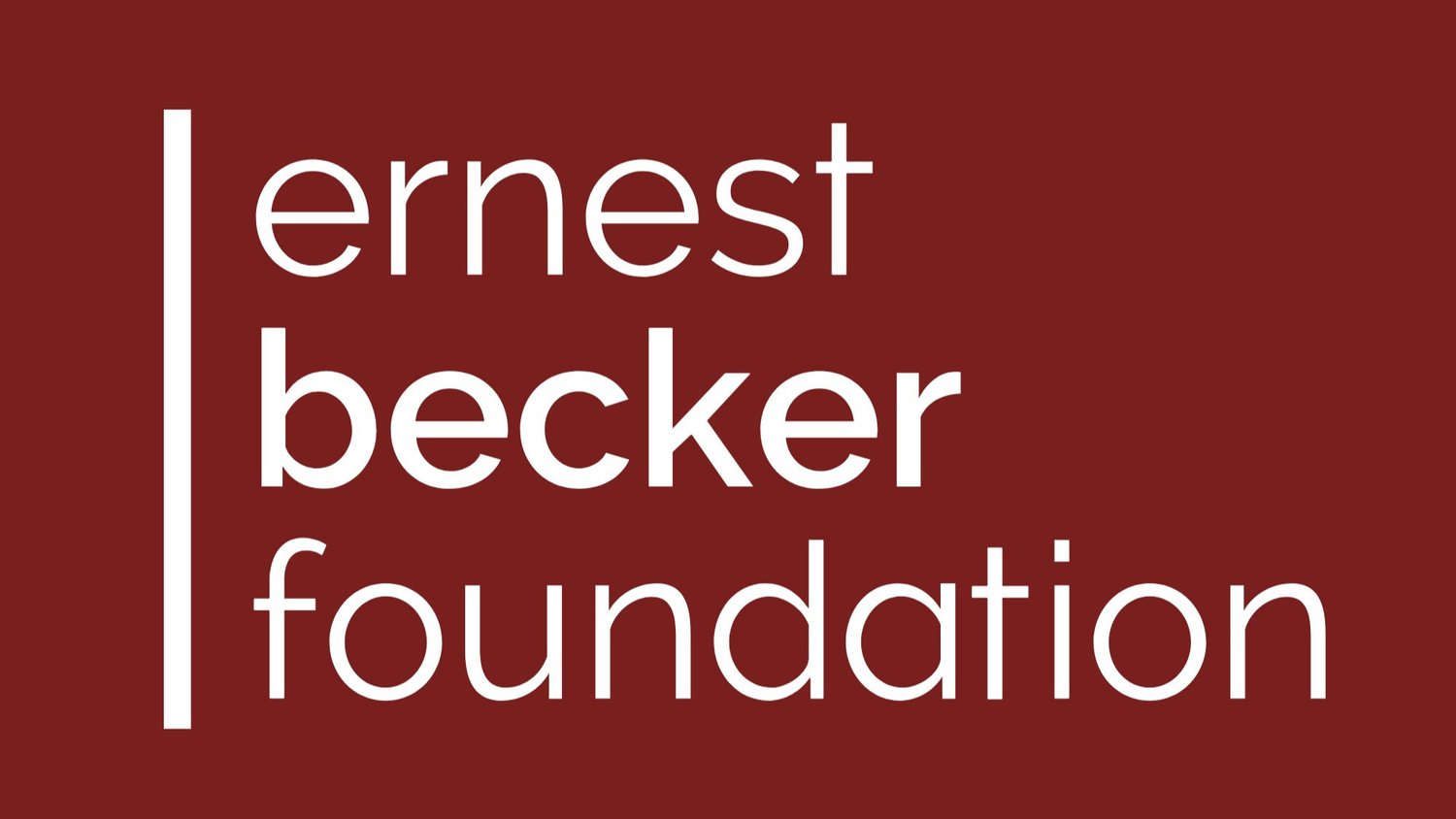Tom Lifvendahl received his doctorate in adult continuing education from Northern Illinois University. His time serving as a combat radioman in the United States Marine Corps in Vietnam (1963–66) left him with an interest in how people deal with violent behavior. This was particularly relevant to his work in police education and reform. He serves on a variety of public safety committees, consults with local police departments, writes curriculum, conducts research, and teaches undergraduate justice-related courses in the Milwaukee area. He is a partner with the National Institute of Law Enforcement Ethics, a member of Milwaukee Interfaith Committee on Restorative Justice, and a board member of two non-profit organizations concerned with justice issues and resulting police community relations.
How do Becker’s ideas and Terror Management Theory (TMT) apply to police culture?
Policing is a profession whose principles are learned in the classroom and on the street. Each generation of officers is introduced to policing through both formal education and field training. Police values include, but are not limited to: honor, discipline, fortitude in the face of danger, and accomplishment of courageous acts. These values reinforce loyalty to the force and fellow officers.
Concerns with both officer and public safety are central to police culture. This “safety first” admonition coupled with the increasingly complex legal requirements of contemporary policing can lead to a self-defensive mindset. I contend that this frame of mind is, at its heart, fear based. TMT research shows then when we feel threats to our mortality, we defend our worldview. In the case of a hazardous profession like law enforcement, police constantly receive death reminders. Police officers are daily prompted at role call to “stay safe” and armor themselves (vests, cameras, guns, etc.). These messages serve as simultaneous reminders of their identity as police officers, as well as of their mortality, telling them that their life is at stake. Furthermore, evidence (Jonas et al., 2008) suggests that the level of mortality salience is directly related to the level of force police employ when meeting non-compliant actors, such as a hostile man with a gun.
So these constant mortality reminders, coupled with traditional law enforcement policies and procedures that leads to a worldview that objectifies criminals and accepts their “annihilation” (arrest, shooting, etc.). This can result in everyone who is not a police officer being seen as potentially dangerous.
For the police officer, separation of ‘good people’ from ‘bad people’ is sometimes very hard and fraught with danger. Life and death decisions are made in nanoseconds. Additionally, the police officer must deny (and annihilate the possibility) that they, themselves, are acting in a criminal fashion. Such thinking creates the need to reject any similarities between their violent behavior and the non-compliant actor. In a 2015 article about police shootings of unarmed subjects, authors Maskaly and Donner note that shooting the “other” can become psychologically reinforcing of the “us vs. them” phenomenon, thereby reinforcing police officers’ positive self-image of themselves as the “good guys.”
There is a need for police to understand that when dealing with the public, their own internal cultural norms (police sub-culture) as well as their own sense of mortality can foster cognitive dissonance. This internal conflicted value dissonance can lead to individual officers de-humanizing the “other,” thus de-legitimizing the need to be concerned about the over-application of use-of-force. Using force serves to reinforce and validate the officer’s identity as the good guy. Deadly force, then, legally applied, is more than mere self-preservation, it is a statement of belief. Police training seeks to mitigate these consequences when the trigger is pulled, an act fraught with unintended psychological outcomes for both the officer, and most assuredly the victim!
What challenges are there in police culture reform?
Gun range electronic simulations and periodic re-certification of firearm expertise seeks to diminish the fear response in favor of rational thought. The problem with this is that in the ‘real world’, police often find themselves in situations that are neither rational nor safe.
Most police officers spend 80 percent of their time on boring stuff, and maybe get to be in action 20% of the time. Many never fire their sidearms in conflict. But the profession attracts candidates who crave action. I’ll elaborate. I contend that if you are a 20, 25-year-old physically conditioned officer you might feel an affinity with warriors; a mindset reinforced by popular media and sport. What are the consequences of such a belief?
We live in an era of polarized political beliefs. When police are oppressive one can argue that those they oppress are not at fault. On the opposite spectrum police are not oppressors; they are society’s keepers of peace. We have this dialogue back and forth, and what is the mediator for this? I believe that the mediating filter to understanding is unexamined fear. Fear of the other, fear for myself, and basically fear of what might happen to either myself, or my family.
Deadly force, then, legally applied, is more than mere self-preservation, it is a statement of belief.
How do you think we should go about changing police sub-culture to reduce unwanted effects of bias?
It is in the best interests of law enforcement to constantly challenge culture, institutional norms, and personal preconceptions. The use of deadly force has become a touchstone issue with political and social decision makers. Addressing perceptions of police use-of-force is only one aspect of a complicated and psychologically sensitive set of evolving issues. In the case of higher education, the expanded creation of educational opportunities to critically examine the andragogical underpinnings of law enforcement training and administrative education is useful.
In summary, I believe that by enhancing the context of police self-awareness, we change culture. Education must support modern law enforcement’s core mission: to serve and protect. In the end, fear is diminished when trust is enhanced.



